Private companies must start following the FASB’s landmark revenue recognition standard in 2019 — now. Many financial reporting professionals report that private companies still have work to do to meet the demands of the new, sweeping rules for calculating the top line in their income statements.
When the FASB published its far-reaching revenue recognition standard almost five years ago, 2019 may have seemed far away.
Not anymore.
The new year means private companies must start following Accounting Standards Update (ASU) No. 2014-09, Revenue from Contracts with Customers (ASC 606), the first time they issue their financial statements. For some private companies, that could be within the next few months; others have until the end of the year or even early 2020. No matter what, it is crunch time, financial reporting professionals say.
“The time to get going is now”, said Mark Davis. “There’s no reason to be putting this off any further.”
The FASB, as it often does, gave private companies an extra year to comply with the landmark accounting standard compared to publicly traded companies. Public companies, which followed the standard in 2018, reported that even if the new accounting did not radically change the number they reported in the top line of their income statements, it changed the method by which they had to calculate it. This meant they needed to comb through contracts and offer paper trails to back up their estimates to auditors. Public companies largely reported that the standard was a lot more work than they anticipated. Private companies can expect the same challenges.
“The primary message we’ve been trying to send is start preparing early because it’s more work than you’re expecting”, said Michael Tamulis.
As was the case with public companies, certain types of private companies can expect bigger changes than others. Businesses engaging in relatively straightforward transactions with customers will not see major changes to their revenue patterns. The revenue, for example, from a shopper walking into a store to buy a pair of jeans will likely be the same under the new accounting rules as it was under old GAAP. But for longer-term, complex arrangements such as in the software industry, big changes — and work — are afoot.
“If you are a software company that sells software and you also have service support, there’s no such thing as a standard agreement”, Davis said, noting that most companies negotiate terms and conditions and throw in extra incentives with individual clients. “Because of those changes, you really have to go find in every contract and it can be really challenging. Those are the most risky situations — when you don’t have standardized terms in your contract, you need to have more time to put into this.”
Many privately held software companies have listened to the tales of their public company counterparts and gotten on top of the big changes coming down the pike. But software-as-a-service providers (SaaS) appear to be behind the curve so far, said Greg Cibuzar.
“Companies that were selling term licenses were very well aware of the changes. It was the SaaS providers that got caught up in having to treat the SaaS as a sale of a license weren’t as in tune to it”, Cibuzar said.
Companies outside of the oft-cited industries expected to feel the biggest changes, however, should not stand by complacently, said FASB senior project manager Mary Mazzella on a recent FASB webcast on the topic.
“I would caution that you can’t necessarily focus on what industry you’re in, in terms of if you are going to be impacted or not, because a lot of the impact is going to come down to how your contracts are structured and what your promises and your terms are”, Mazzella said.
The FASB’s revenue recognition standard, published alongside and largely converged with the IASB’s IFRS 15, Revenue from Contracts With Customers, took more than a decade for the U.S. and international accounting boards to complete. It erases the reams of industry-specific revenue guidance in U.S. GAAP, beefs up the scant principles in IFRS, and attempts to come up with a single, five-step revenue recognition model for most businesses worldwide.
In many cases, the revenue a company reports under the new accounting guidance will not differ too much from what it reported under old accounting rules. But the timing of when a company can record revenues may very well be affected, particularly for long-term, multi-part arrangements. In a change from current practice, companies also must assess the extent by which payments could vary, such as via bonuses, discounts, rebates, and refunds. They also must determine their expectation of collecting payments owed to them by recording revenue only to the extent it is “probable” they will not have to make a significant reversal in the future. In addition, they must assess the time value of money in determining the transaction price.
The result is a process that offers fewer black-and-white rules and more judgment calls compared to old GAAP.
Because revenue is the top line in a business’s income statement, investors and analysts closely watch movements in it. Financial reporting experts and members of the FASB have tried to hammer home the rigor that must be applied to calculating this number. Several have cautioned against private companies finding themselves at the reporting deadline and running into a “fire drill” situation.
“I have no doubt that there will be some that aren’t ready”, said Scott Taub, managing director at Financial Reporting Advisors LLC and a member of the FASB’s special panel to tackle revenue recognition implementation questions.
“But to be fair, at one point I was afraid public companies wouldn’t get there — and, quite frankly, they did”, Taub said.
Source: Checkpoint Newsstand 1/4/19

.png)




